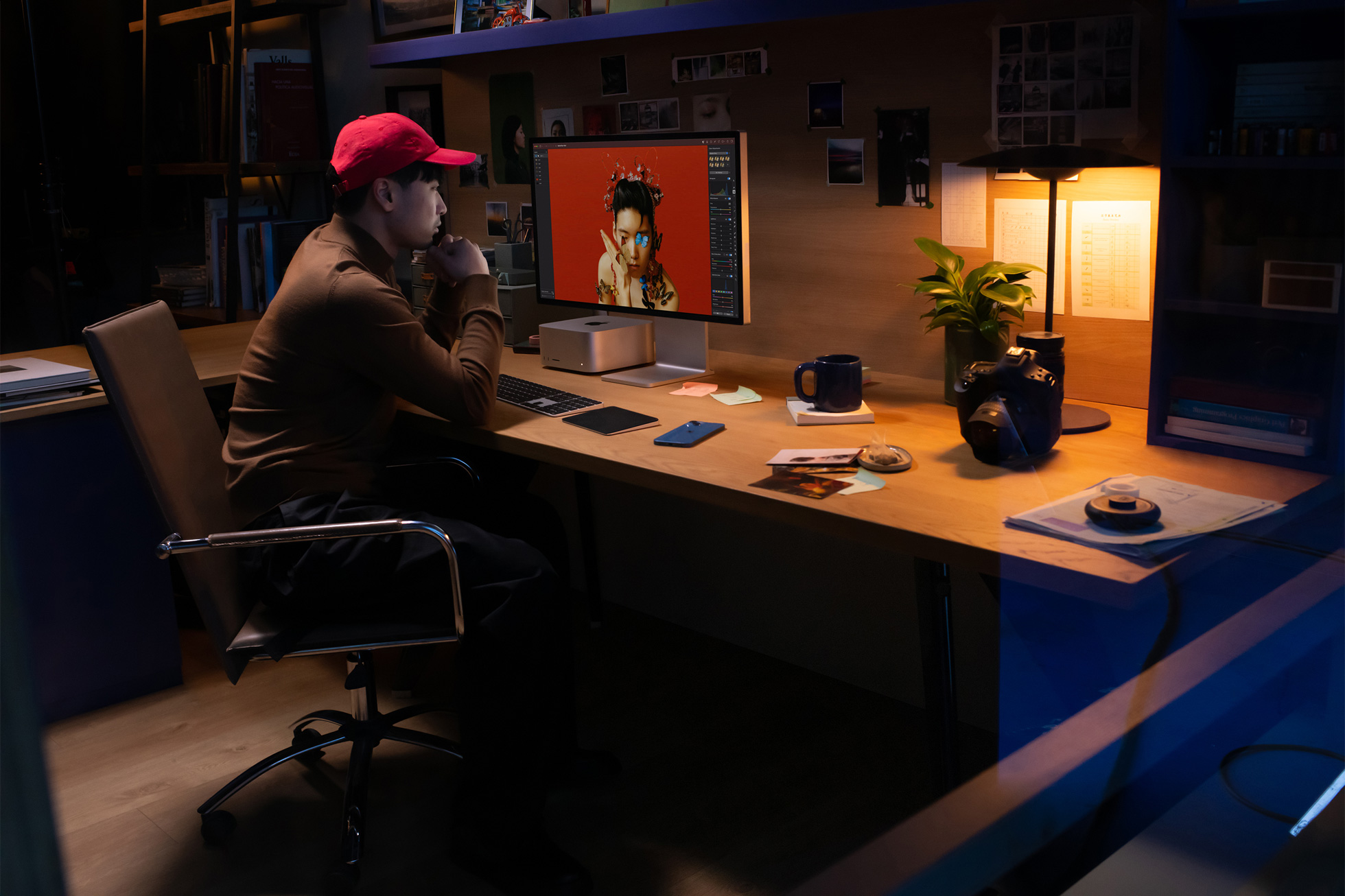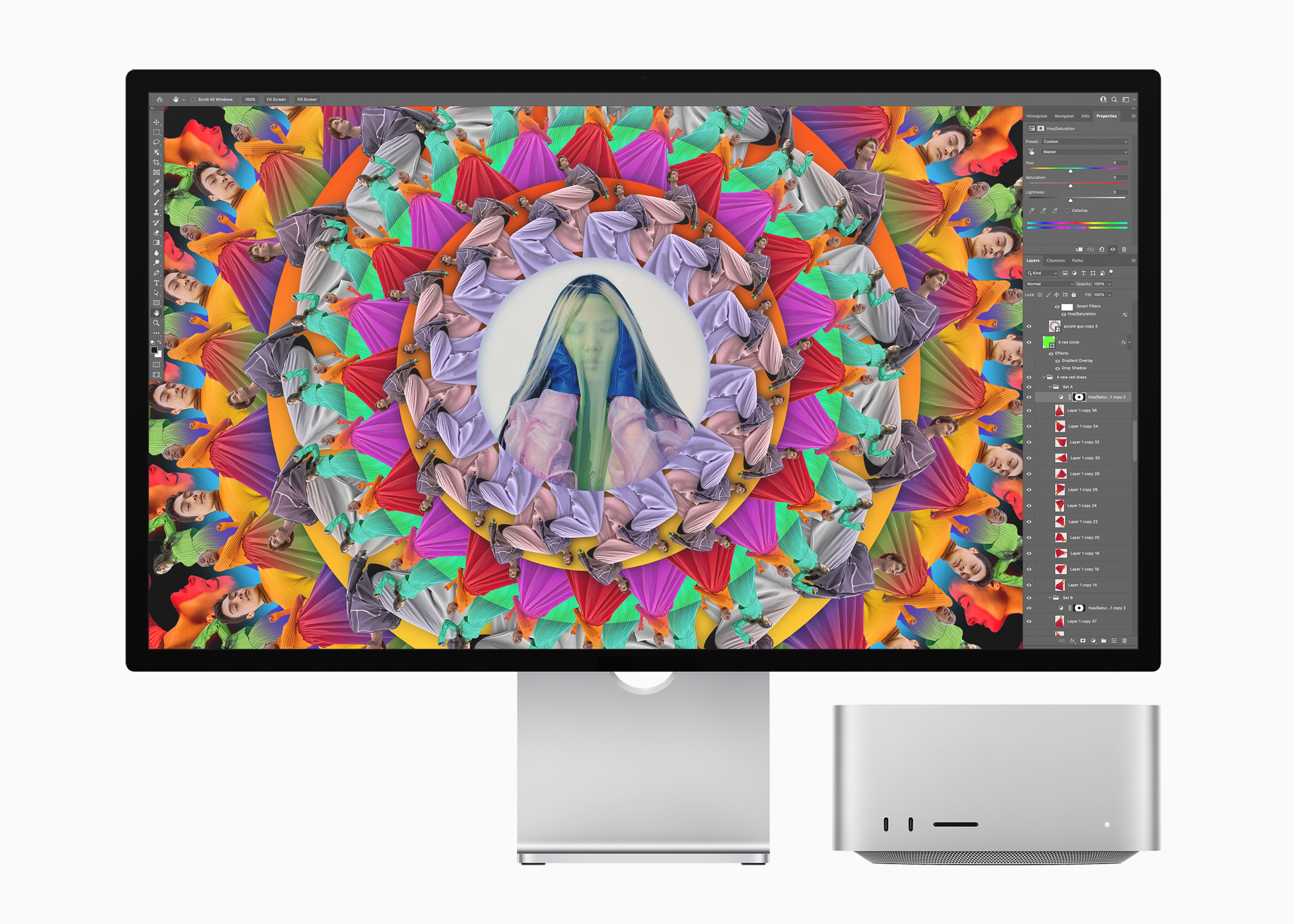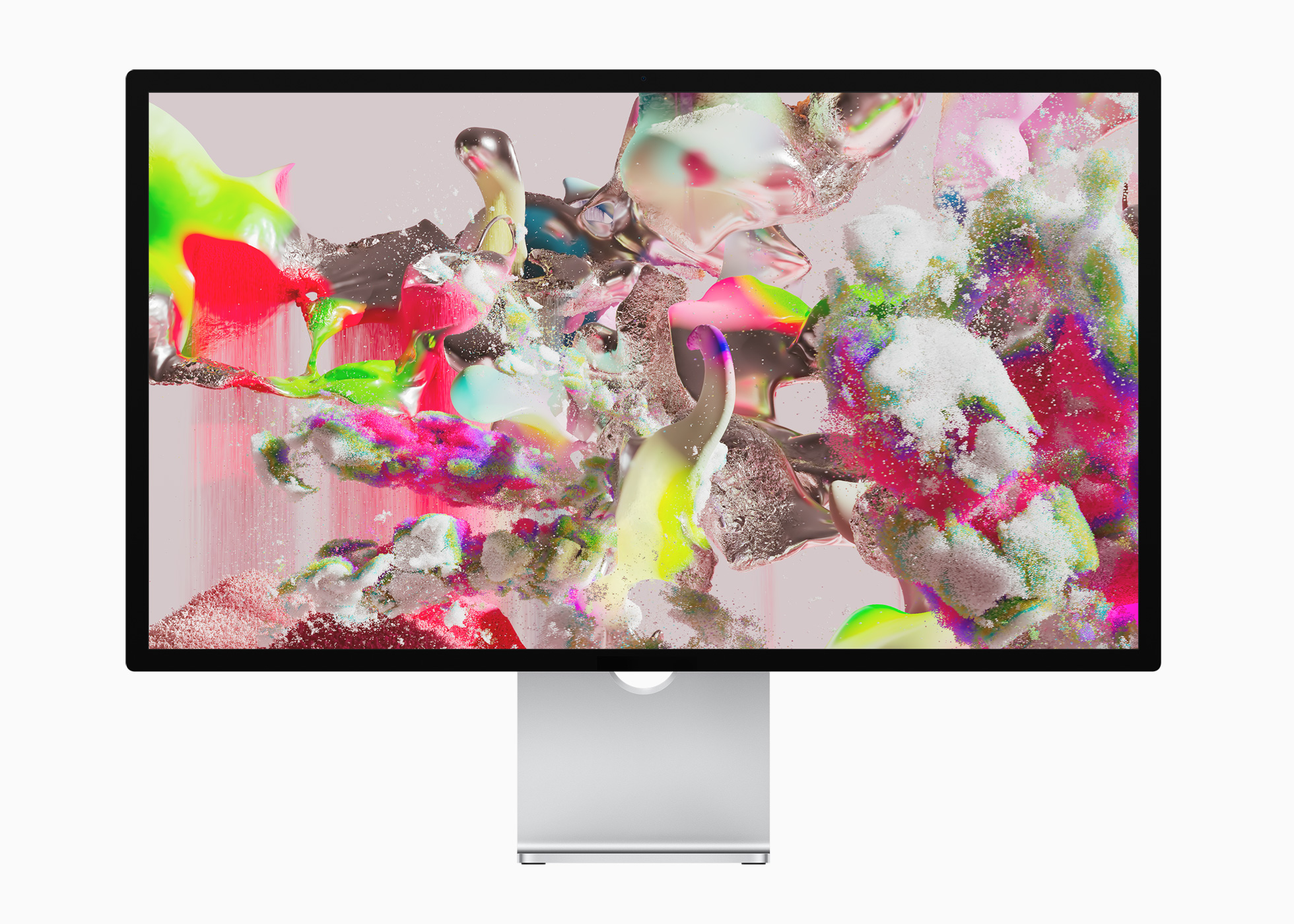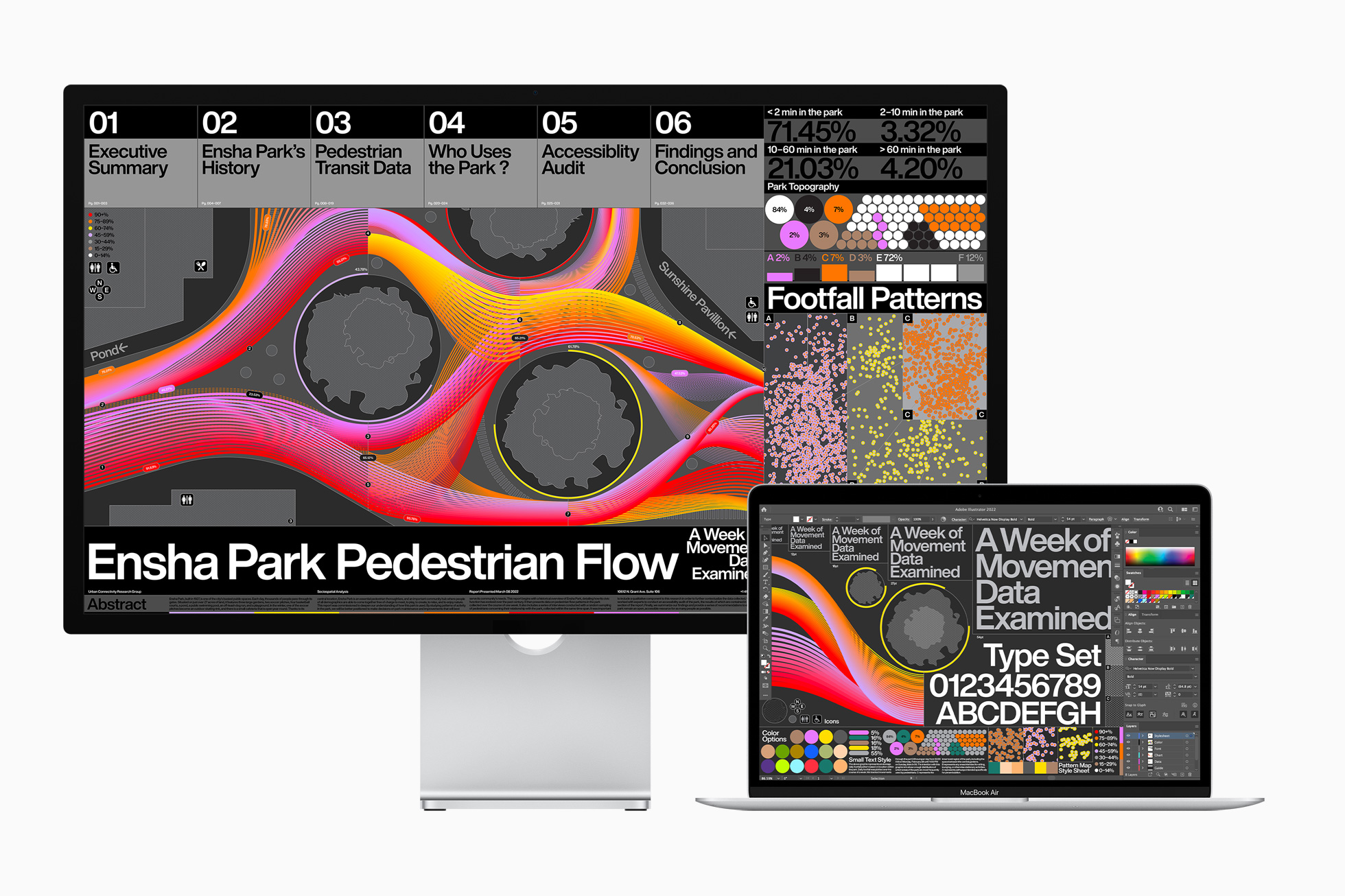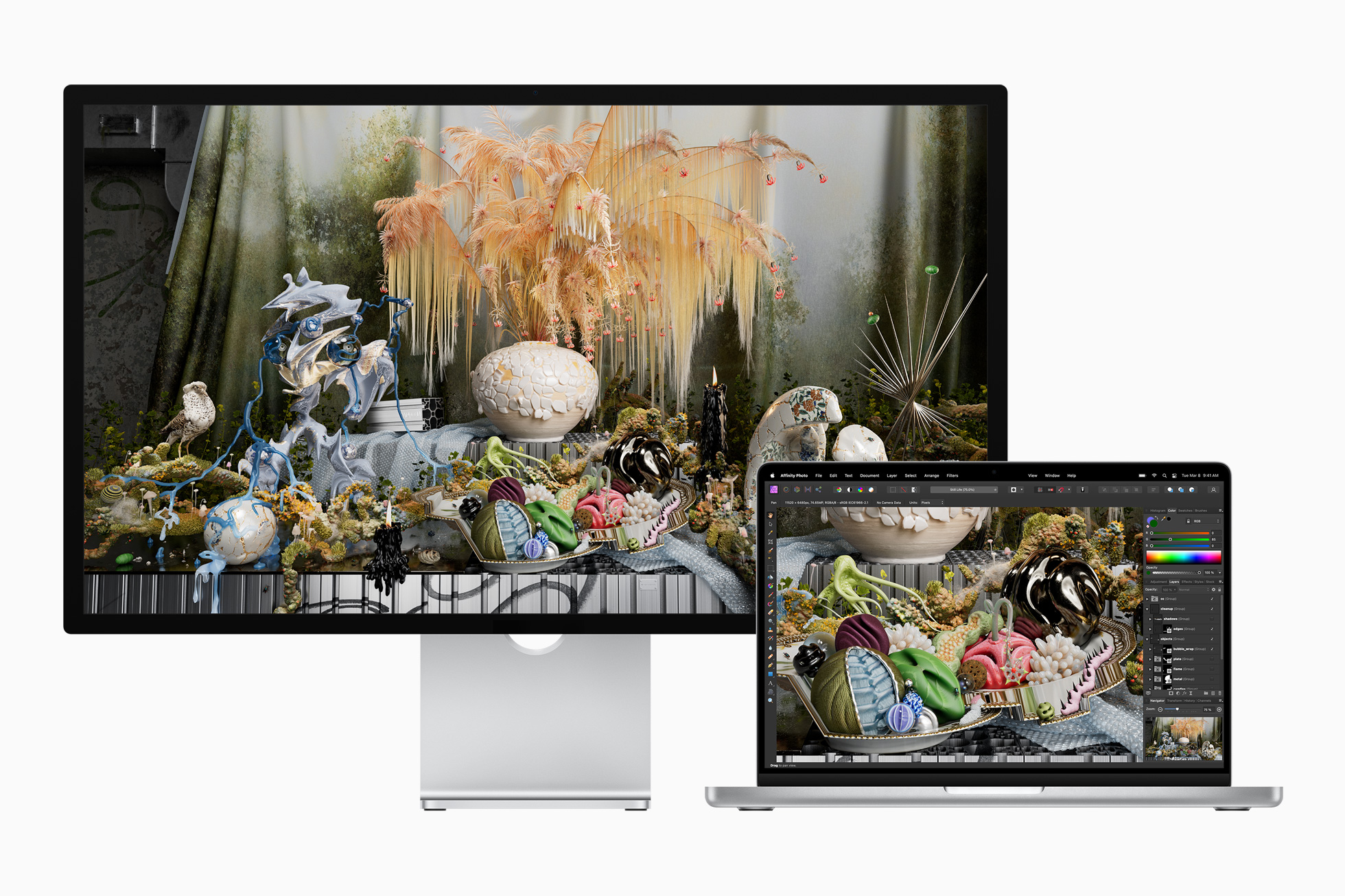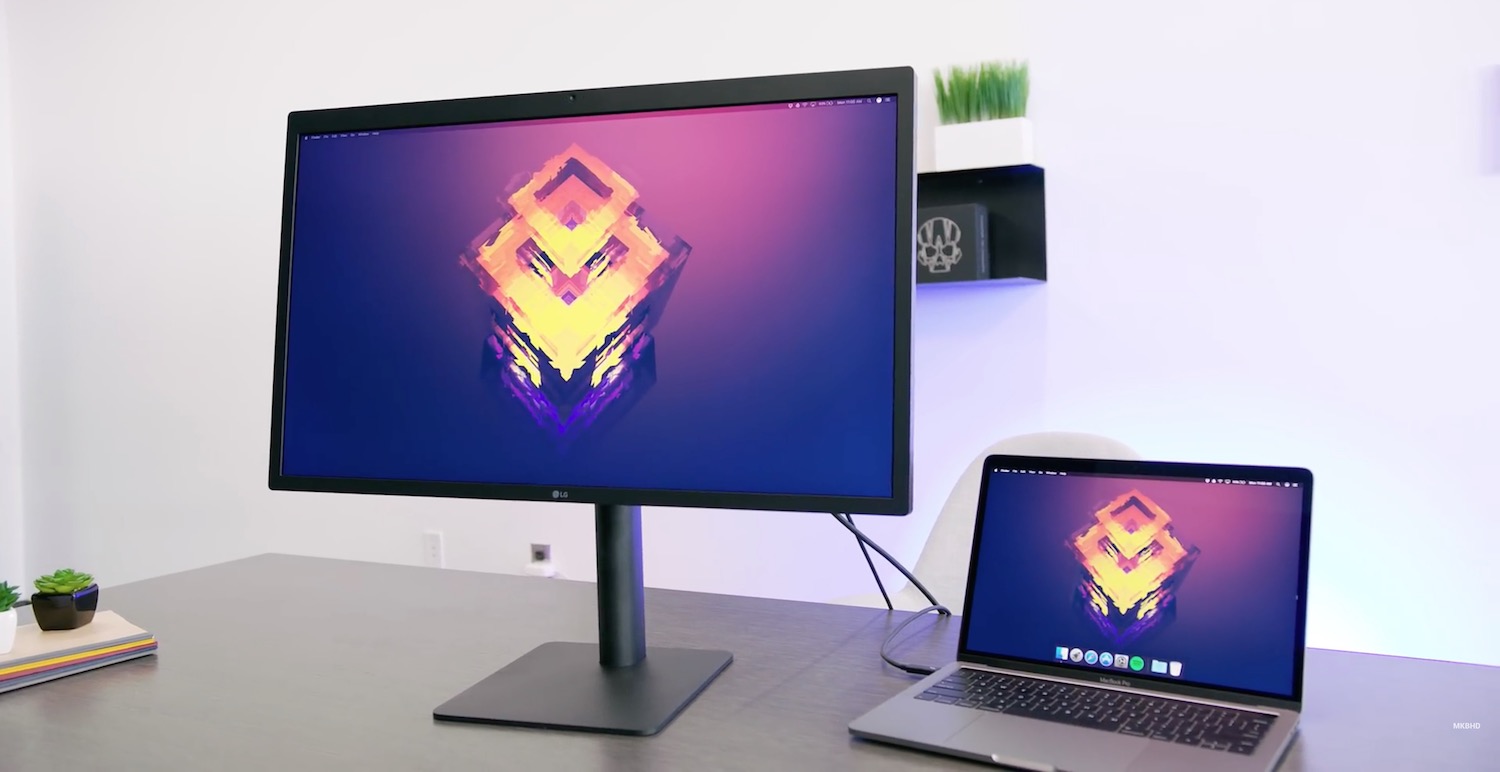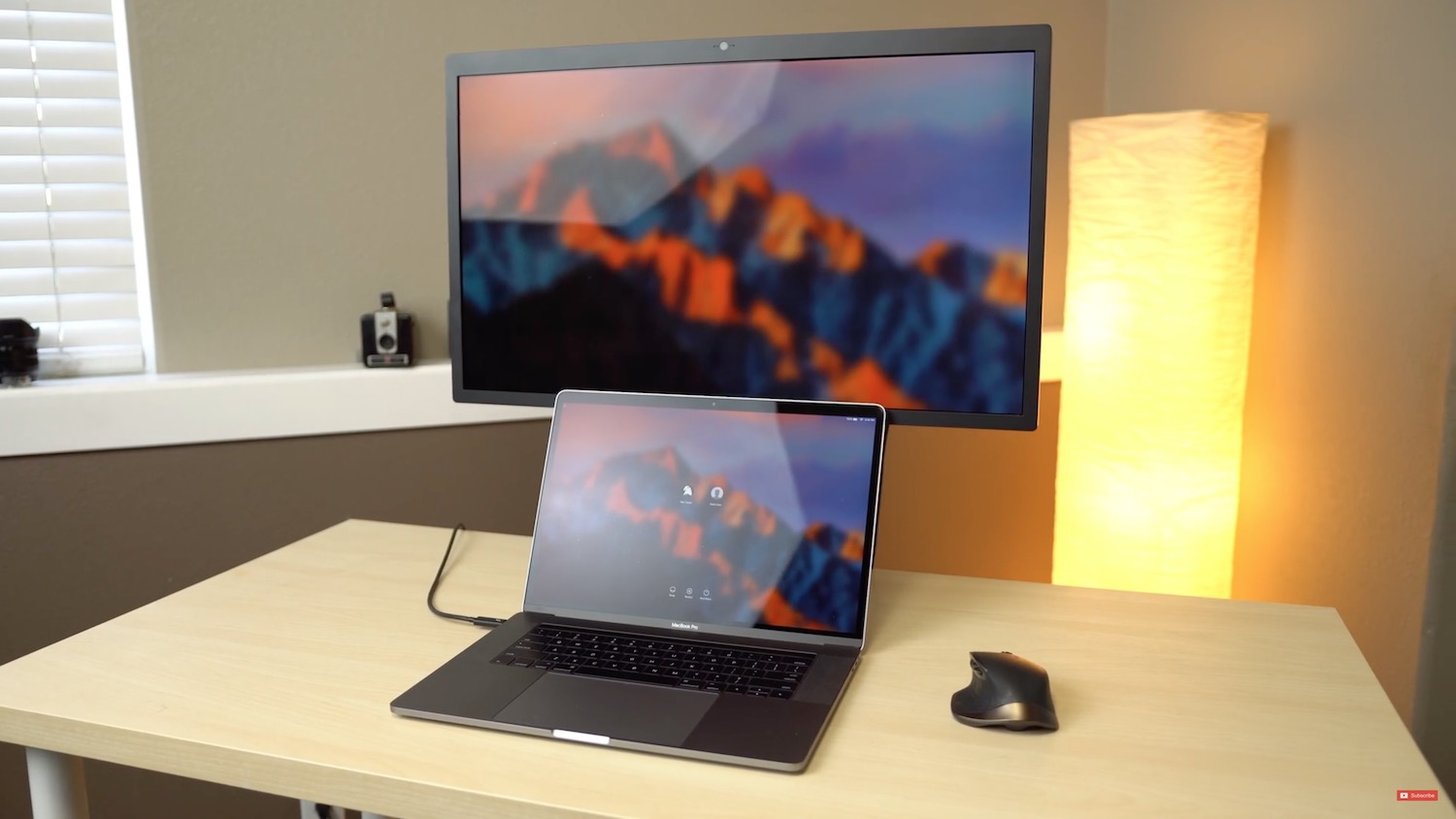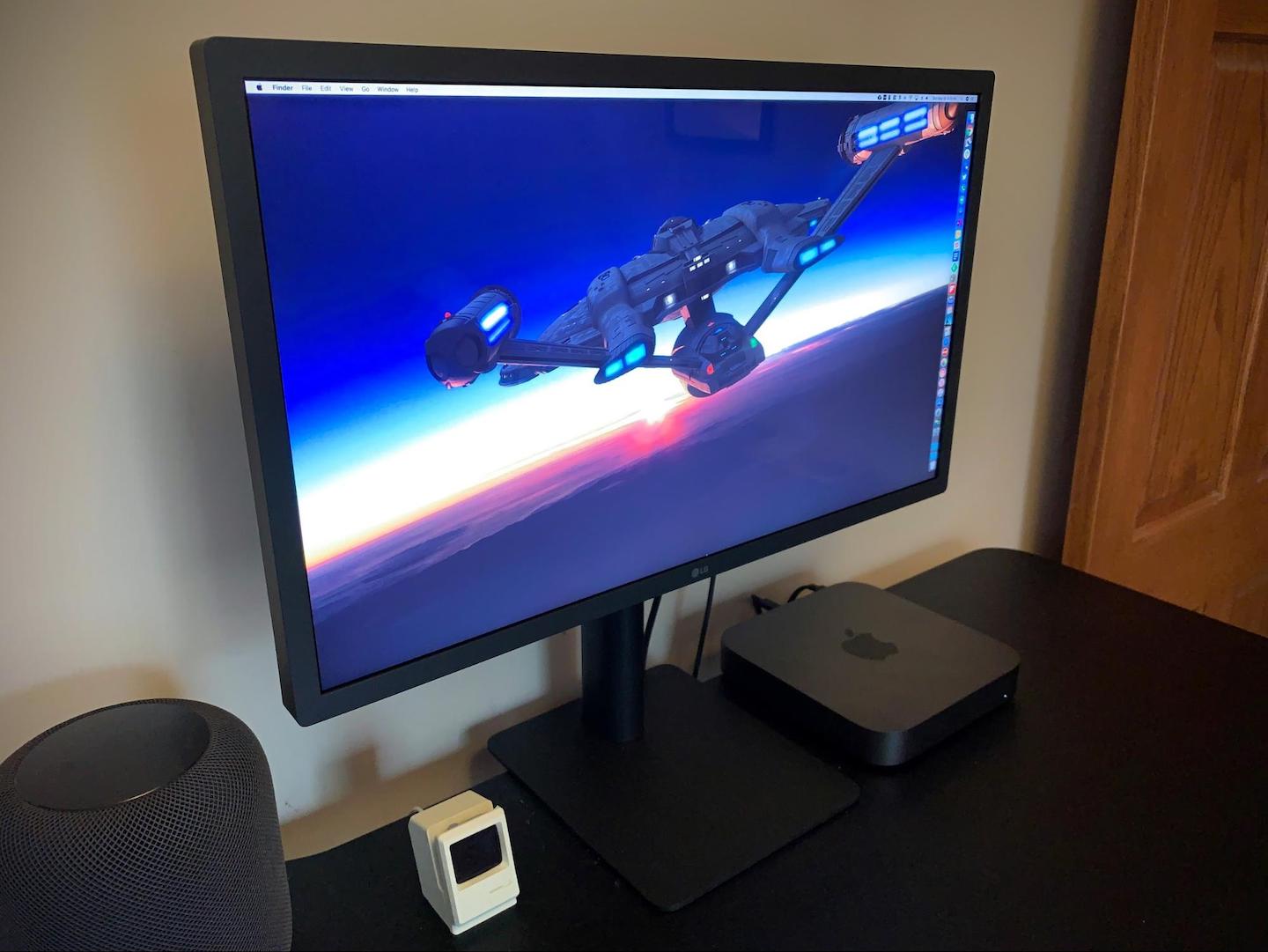At the beginning of last week, we finally got to see this year's first Apple keynote, during which several interesting innovations were revealed. Specifically, Apple introduced the iPhone SE 3, the iPad Air 5, the breathtaking M1 Ultra chip with the Mac Studio computer, and the brand new Studio Display monitor, after the arrival of which for some reason the sale of the 27″ iMac ended. A few years ago, however, the Cupertino giant did not sell its own monitors, instead betting on the LG UltraFine. Let's therefore compare the Studio Display with the LG UltraFine 5K. Has Apple improved at all, or does this change make no sense?
It could be interest you
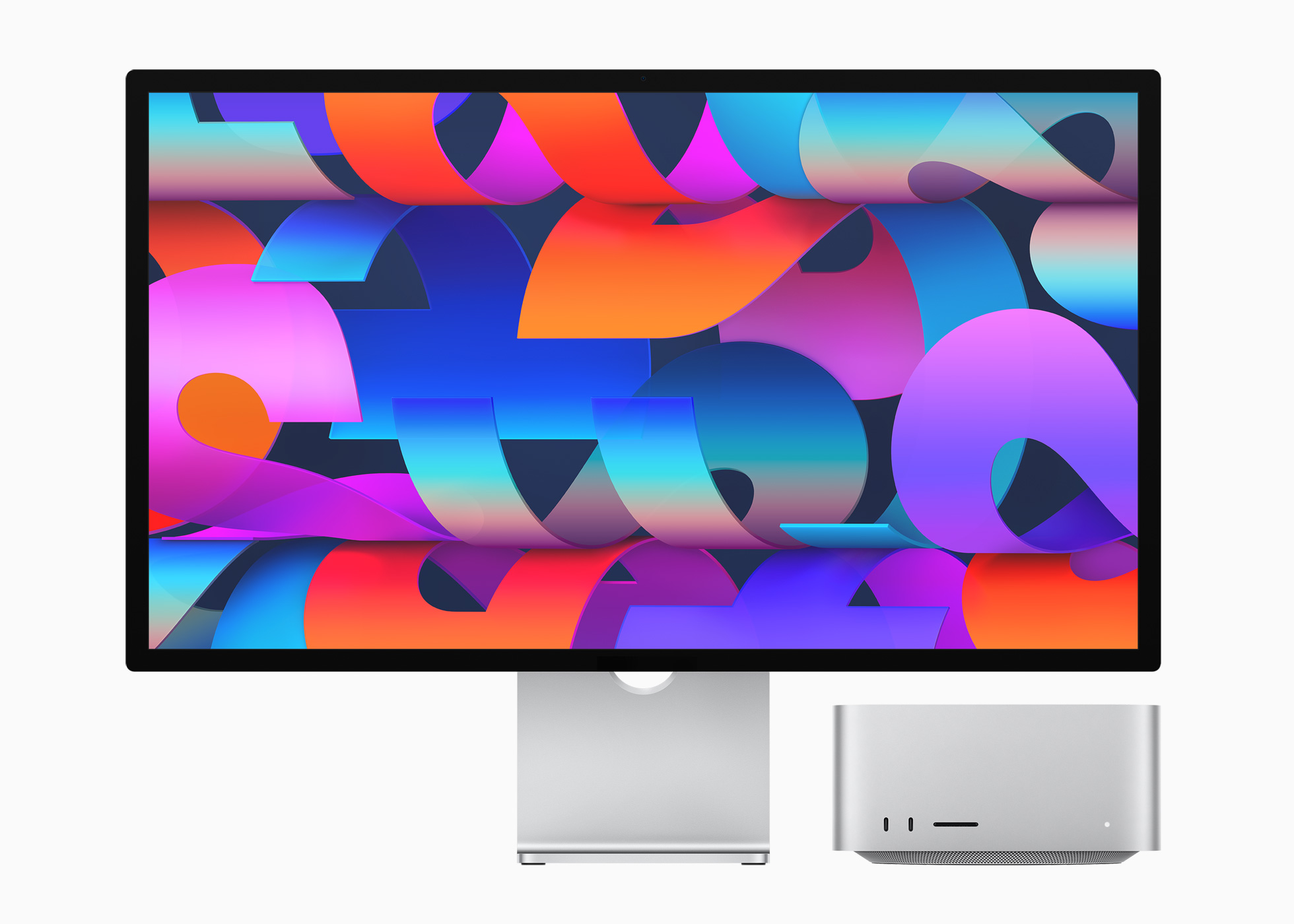
In the case of both of these monitors, we find a 27″ diagonal and a 5K resolution, which is quite essential in this case. This is because it is a perfect choice directly for Apple users, or rather for macOS, thanks to which there is no need to scale the resolution and everything looks as natural as possible. However, we can already find a number of differences.
Design
We can see huge differences in the area of design. While the LG UltraFine 5K looks like a completely ordinary plastic monitor, in this regard, Apple places considerable emphasis on the form of the monitor itself. With the Studio Display, we can see a relatively nice aluminum stand and aluminum edges together with the back. This alone makes the Apple display a great partner for, for example, Macs, which are generally very well matched. In short, everything fits together perfectly. In addition, this piece is directly created for the needs of macOS, where Apple users can benefit from further interdependence between hardware and software. But we will get to that later.
Display quality
At first glance, both displays offer first-class quality. But there is a small catch. As mentioned above, in both cases these are 27″ monitors with 5K resolution (5120 x 2880 pixels), 60Hz refresh rate and 16:9 aspect ratio, which rely on an IPS panel with single-zone LED backlighting. But let's move on to the first differences. While the Studio Display offers a brightness of up to 600 nits, the monitor from LG is "only" 500 nits. But in reality, the difference is hardly visible. Another difference can be seen in the surface. The Studio Display has a glossy surface for bolder colors, but you can pay extra for glass with a nanotexture, while LG bets on an anti-reflective surface. The P3 color gamut and up to one billion colors are also a matter of course.
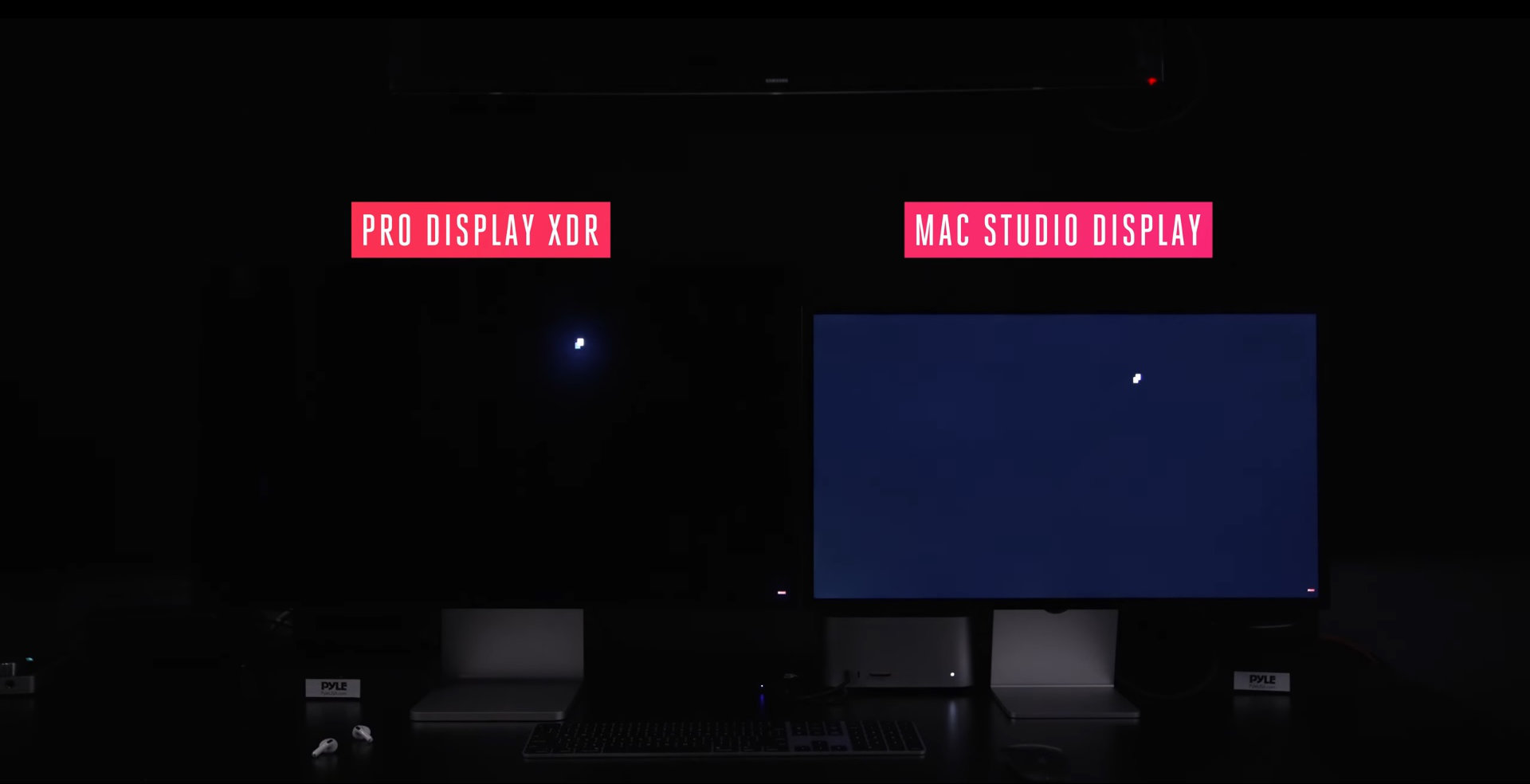
In terms of quality, these are relatively interesting monitors, which applies to both parties involved. However, foreign reviewers were rather speculative about the quality. When we take into account the price of the monitors, we could expect a little more from them. For example, local dimming is missing, which is extremely important for the world of graphics, because without it you cannot render black as truly black. Practically all Apple products for which we might need something similar have this in addition. Whether it's OLED panels on iPhones, Mini LEDs on the 12,9″ iPad Pro and the new MacBooks Pro, or local dimming on the Pro Display XDR. In this respect, neither display is very pleasing.
Connectivity
In terms of connectivity, both models are practically the same, but we can still find some differences. Both Studio Display and LG UltraFine 5K offer three USB-C connectors and one Thunderbolt port. However, the transmission speed of Apple's display reaches up to 10 Gb/s, while LG's is 5 Gb/s. Of course, they can also be used to power MacBooks, for example. Studio Display has a slight edge here, but the difference is practically insignificant. While the new product from Apple offers 96W charging, the older monitor is only 2W less, or 94W.
Accessories
When Apple presented the new Studio Display, it devoted a large part of the presentation to accessories that enrich the display. Of course, we are talking about a built-in 12MP ultra-wide-angle camera with a 122° angle of view, f/2,4 aperture and support for centering the shot (Center Stage), which is then supplemented by six speakers and three microphones. The quality of the speakers and microphones is quite high considering that these are integrated components and will be enough for most people. Unfortunately, although Apple brags about the mentioned speakers, they are still easily surpassed by the cheaper external audio monitors, for a simple reason – physics. In short, built-in speakers cannot compete with traditional sets, no matter how good they are. But if there is something that is a complete flop with the Studio Display, it is the aforementioned webcam. Its quality is incomprehensibly poor, and LG UltraFine 5K even offers better results. According to the statement of the Californian giant, this should be just a software bug and we will see a fix for it in the near future. Even so, this is a relatively fundamental misstep.
On the other hand, there is the LG UltraFine 5K. As we indicated above, this piece also offers an integrated webcam that is capable of up to Full HD resolution (1920 x 1080 pixels). There are also built-in speakers. But the truth is that those are simply not enough in terms of sound quality on Studio Display.
Smart features
At the same time, we certainly must not forget to mention one relatively important thing. The new Studio Display is powered by its own Apple A13 Bionic chip, which by the way also beats in the iPhone 11 Pro. He is deployed here for a simple reason. This is because it takes care of the proper functioning of centering the shot (Center Stage) for the built-in camera and also provides surround sound. The aforementioned speakers do not lack support for Dolby Atmos surround sound, which is taken care of by the chip itself.
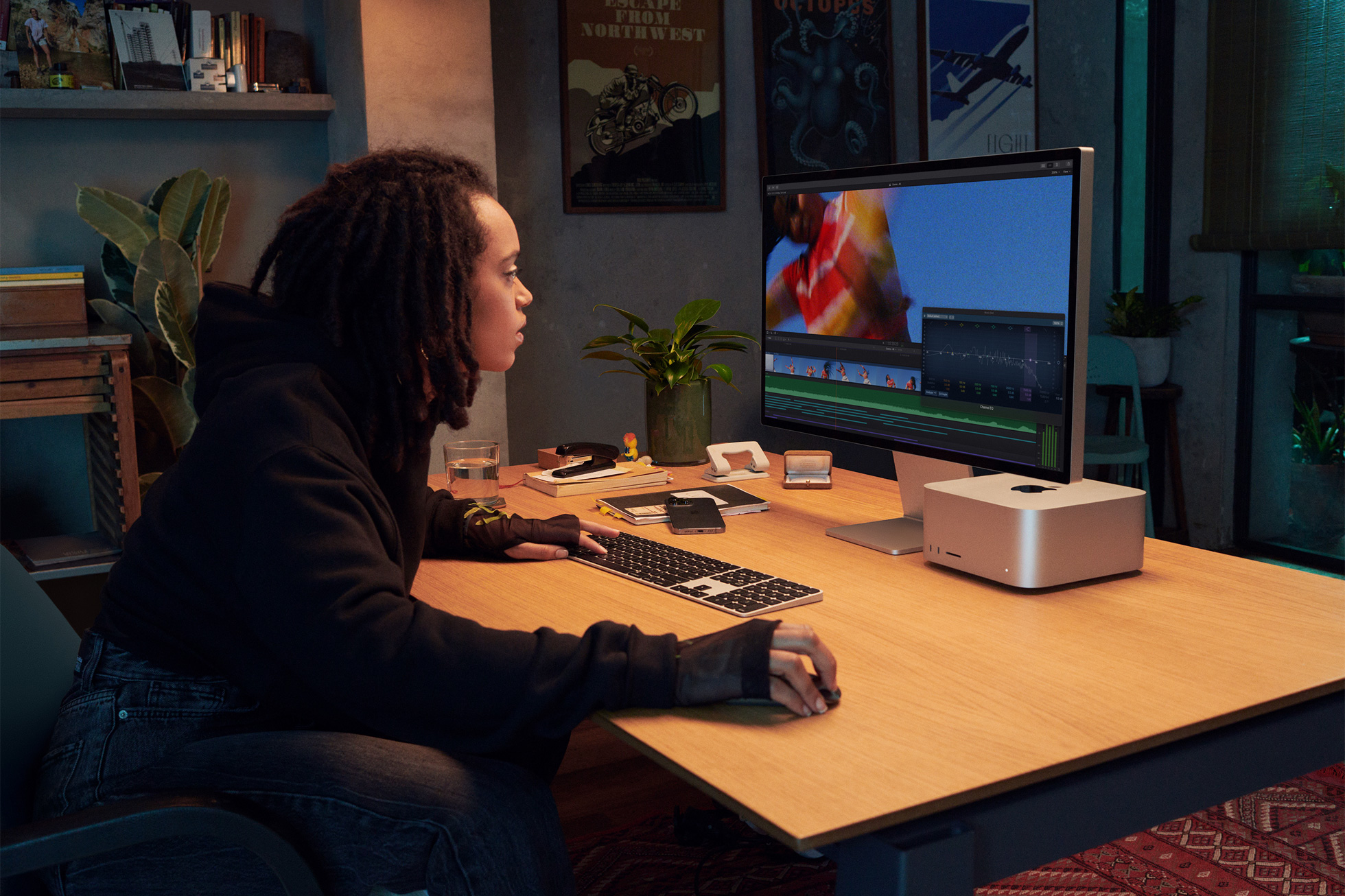
On the contrary, we cannot find anything similar with the LG UltraFine 5K. In this regard, it can be clearly said that Studio Display is original in its own way, as it has its own computing power. That is why it is also possible to count on software updates that can correct individual functions, as we expect with the quality of the webcam, as well as bring small news. It is therefore a question whether we will see something extra for this apple monitor in the future.
Price and verdict
Now let's get down to the nitty-gritty – how much do these monitors actually cost. Although the LG UltraFine 5K is no longer officially sold, Apple charged less than 37 thousand crowns for it. For this amount, Apple users got a relatively high-quality monitor with a height-adjustable stand. On Alge in any case, it is available for less than 33 thousand crowns. On the other hand, here we have Studio Display. Its price starts at 42 CZK, while if you wanted the variant with nanotextured glass, you would have to prepare at least 990 CZK. However, it does not end there. In this case, you will only get a monitor with a stand with adjustable tilt or with an adapter for a VESA mount. If you would like a stand with not only adjustable tilt, but also height, then you have to prepare another 51 thousand crowns. Overall, the price can rise to CZK 990 when choosing glass with a nanotexture and a stand with an adjustable height.
It could be interest you
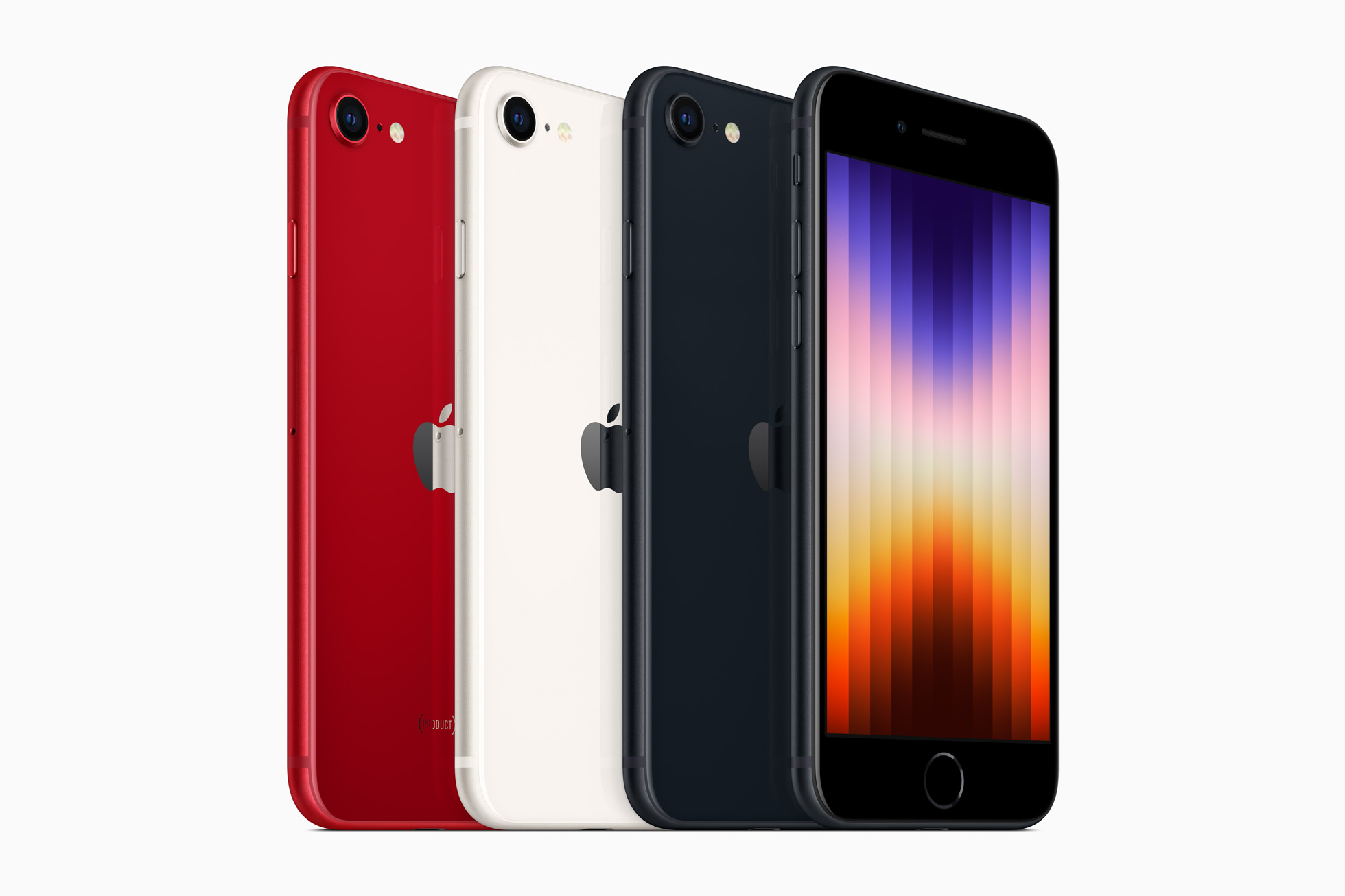
And this is where we hit a stumbling block. Many Apple fans speculate that the new Studio Display offers practically the same screen as we could find in the 27″ iMac. However, the maximum brightness has increased by 100 nits, which, according to foreign reviewers, is not so easy to see, as it is not exactly a significant difference. Even so, Studio Display is the perfect option for Apple users who are looking for the perfect monitor for their Mac and directly require 5K resolution. The competition offers almost nothing similar. On the other hand, quality 4K monitors, which can offer, for example, a higher refresh rate, HDR support, Power Delivery, and even come out significantly cheaper. Here, however, the display quality comes at the expense of the design and centering of the shot.
 Flying around the world with Apple
Flying around the world with Apple 
